Street Lit
Representing the Urban Landscape
Edited by Keenan Norris

THE SCARECROW PRESS, INC.
Lanham Toronto Plymouth, UK
2014
Published by Scarecrow Press, Inc.
A wholly owned subsidiary of The Rowman & Littlefield Publishing Group, Inc.
4501 Forbes Boulevard, Suite 200, Lanham, Maryland 20706
www.rowman.com
10 Thornbury Road, Plymouth PL6 7PP, United Kingdom
Copyright 2014 by The Scarecrow Press, Inc.
All rights reserved. No part of this book may be reproduced in any form or by any electronic or mechanical means, including information storage and retrieval systems, without written permission from the publisher, except by a reviewer who may quote passages in a review.
British Library Cataloguing in Publication Information Available
Library of Congress Cataloging-in-Publication Data
Street lit : representing the urban landscape / edited by Keenan Norris ; foreword by Omar Tyree.
pages cm
Includes bibliographical references and index.
ISBN 978-0-8108-9262-0 (cloth : alk. paper) ISBN 978-0-8108-9263-7 (ebook)
1. Cities and towns in literature. 2. City and town life in literature. 3. African Americans in literature. 4. American literature20th centuryHistory and criticism. 5. American literatureAfrican American authorsHistory and criticism. 6. Street literatureUnited StatesHistory and criticism. I. Norris, Keenan.
PS228.C54S88 2014
810.9'355dc23
2013025234
 The paper used in this publication meets the minimum requirements of American National Standard for Information Sciences Permanence of Paper for Printed Library Materials, ANSI/NISO Z39.48-1992.
The paper used in this publication meets the minimum requirements of American National Standard for Information Sciences Permanence of Paper for Printed Library Materials, ANSI/NISO Z39.48-1992.
Printed in the United States of America
Foreword
Omar Tyree
When I began to write my second book, entitled Flyy Girl, more than twenty years ago in the Spring of 1989, I had just turned twenty years old and was still in my sophomore year at the University of Pittsburgh, studying pharmacy. I had no model to go on to write this new book; I just knew that I wanted to write it, based on a certain type of materialistic, Philadelphian, teenage girl that I had craved in my high school years, and still did. But I had no plans of writing Flyy Girl like the books I had read in my African American literature class. Most of those books, from Richard Wright, Alex Hailey, Jean Toomer, Zora Neale Hurston, and Toni Morrison, either were from the Harlem Renaissance era of the 1920s and 1930s or dealt with the institution of slavery.
Well, Flyy Girl was no old-school slavery book. I had read about slavery, and plenty of it. I had touched on the crippling institution, along with racism and a lack of education, in my first didactic title, Colored, On White Campus (now College Boy in my Urban Griot series). But with Flyy Girl, I wanted to tell a more naturalistic story about the neighborhoods of contemporary Philadelphia. So I wrote the book the way I wanted to, using my own voice in the narration, which was contemporary and urban, meaning it would sound like an inner-city Philadelphian, who was born in 1969, up North, and not during the slavery era of the South.
I was raised in the Philadelphian soul music era of Kenny Gamble and Leon Huff, including disco music, while hitting my teenage stride during the spawning era of Parliament funk, graffiti, rap music, break dancing, deejaying, and plenty of street vernacular, or what we called slang. This fast-moving culture of music listening, sports playing, house partying, gold-chain wearing, designer clothes styling, fancy haircut teenagers, with our own style of American linguisticslater termed collectively as hip-hopwould become the natural model for my book. Even the title, Flyy Girl, was lifted from a very popular song by a rap group called The Boogie Boys in 1985, which happened to be the year of my sweet sixteen birthday. So I wrote the book in the natural swagger of my era, just like the so-called blaxpoitation movies of the 1970s. Those movies had the best dialogue, representing creative blackness.
At the time, I had the peculiar gift of being a very detail-oriented storyteller, who loved watching movies and memorizing entire scenes and lines, even mimicking the voices. I was the one dude in the crew whom you could count on to get all of the facts straight, and in chronological order, no less. I even added sound effects to heighten the excitement of my verbal tales. But these storytelling skills didnt become useful on paper until my college years, where my gift was discovered by African American course counselors. I was a bold, brave, and outspoken freshman with an uncanny ability to paint a perfect picture on paper that translated well vocally. From there, my skills took off, with the counselors asking me to write The Diary of a Freshman in a monthly student publication, which pretty much solidified my confidence and creative stature amongst my college peers, who became addicted to my writings.
Transferring from the University of Pittsburgh to Howard University in the fall of 1989, I left the field of pharmacy to become a journalism major, where I would learn to write newspaper articles and pick up on the powers of spin and marketing. While working for the black press of Washington, D.C., I learned how to make a story jump off the page, including coming up with attention-getting headlines. But by the time I was ready to edit and submit my first two book ideas for publication at black publishing houses, I quickly learned that Third World Press of Chicago, Red Sea Press of New Jersey, and Black Classics Press of Baltimore had no use for some twenty-two-year-old journalism major with a couple of contemporary novels. All of the mainstream white publishers turned me down too. So I did what the streets of hip-hop would do: I found a way of hustling up enough money from my friends and family, and I self-published in October 1992. I was twenty-three years old and had settled down in Hyattsville, Maryland, at the time.
Well, to be honest with you, even though I was a very aggressive salesman with Colored, On White Campus, a book about college, racism, and education, with a horrible yellow cover designlooking like something designed on an Etch-A-SketchI was only able to break even. But then I published Flyy Girl in April 1993, with a much stronger cover design; I traveled back home to Philadelphia just in time to catch a traveling Expo event, where I was on my way to becoming a book-writing legend. I made $1,500 that weekend and was practically forcing my books down peoples throats for $13, $12, $10, $8, and even $5, depending on how many people were around us and how badly you wanted the book at a discount. The bottom line for me was moving the product, like a drug dealer would. So I was willing to give away free samples to help spread the word if I had to. And sure, I knew a few drug dealers. We all did in the 1980s. It was a part of the cultural times of the inner city, especially in Philly, New York, and D.C.
To make a long story short, my Flyy Girl book hit the streets and took off like a forest fire. These young, new school readers had never experienced a book that used the exact words and events that we were still hearing about in the streets, on the news, in a movie, or on rap records. But I had written it all in a book, and from a girls perspective. Why? Because I wanted to break down exactly how a Flyy Girl thought, just like The Boogie Boys song had done. So it made sense to write it that way. And the book blew folks

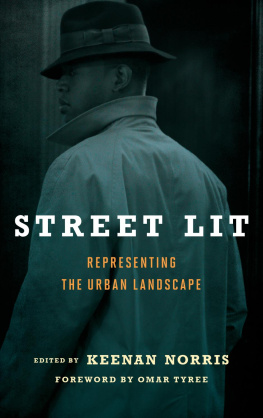



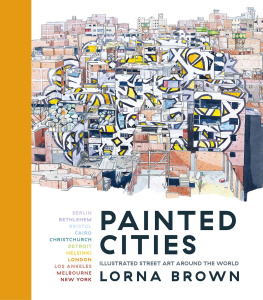
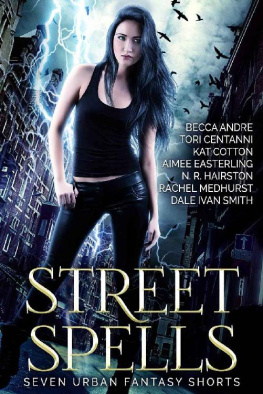
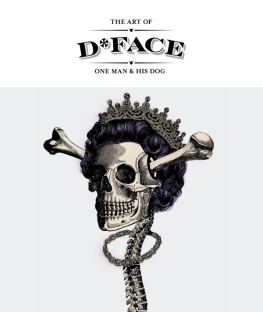
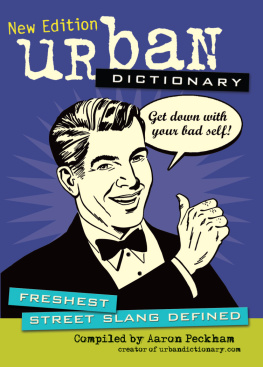
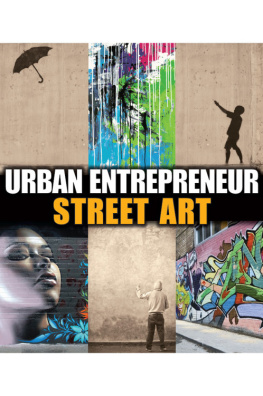
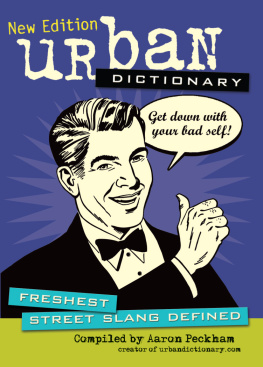

 The paper used in this publication meets the minimum requirements of American National Standard for Information Sciences Permanence of Paper for Printed Library Materials, ANSI/NISO Z39.48-1992.
The paper used in this publication meets the minimum requirements of American National Standard for Information Sciences Permanence of Paper for Printed Library Materials, ANSI/NISO Z39.48-1992.